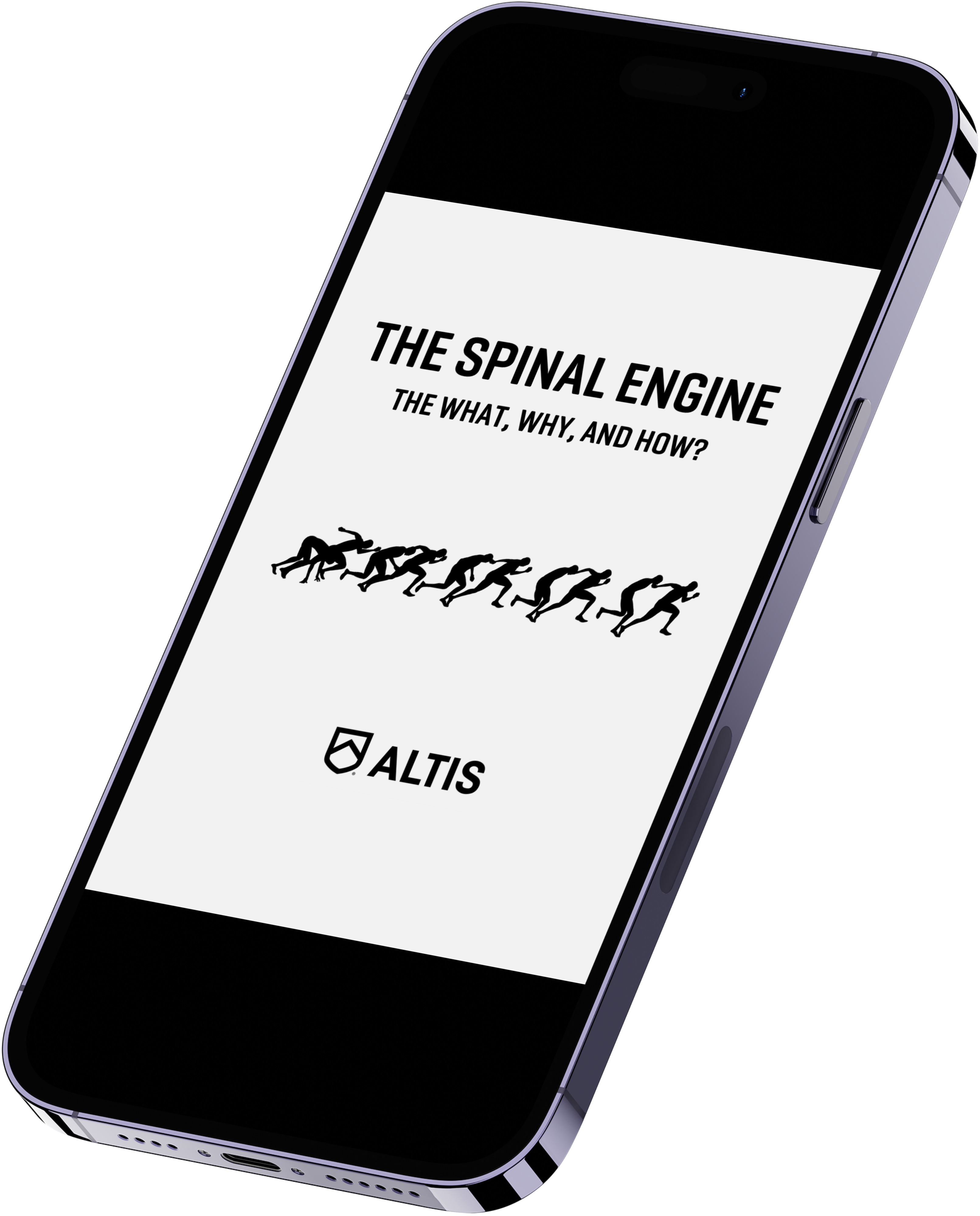Get your free ebook
WHAT WILL I GET OUT OF THIS?
The Spinal Engine theory posits that the human spine is the primary engine of locomotion, not just a supportive structure.
It emphasizes the spine's oscillatory movements, particularly its ability to flex, extend, and rotate, as fundamental to walking and running. This theory is rooted in evolutionary biology, where early vertebrates' movement involved spinal undulations, a mechanism still evident in human bipedal locomotion.
Understanding the Spinal Engine theory is critical as it shifts our focus from a lower-limb-centric view to a more integrated approach to movement.
This holistic understanding is vital for coaches, health professionals, and biomechanics researchers, leading to more effective strategies in training, rehabilitation, and athletic performance.
In this ebook, you'll get answers to key questions:
- What is the spinal engine theory?
- Why is it important?
- How can you apply the theory to coaching?


The Gold Standard in Coaching Education
BY ALTIS COACHES
BY ALTIS-COACHED ATHLETES
BY ALTIS